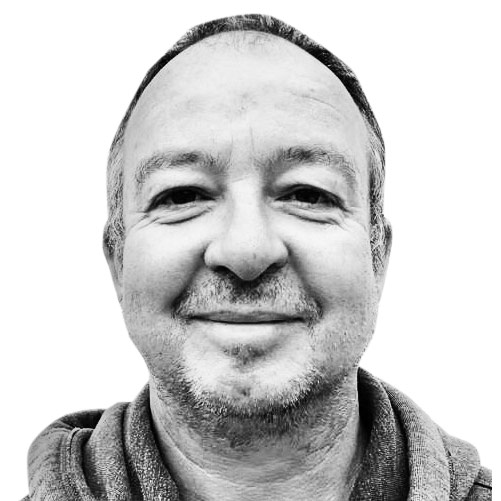Perfection is tourism’s stock-in-trade. What tourism loves to sell, and what as consumers we’re happy to buy into, is the idea of a pristine environment untarnished by ugliness or strife. We still gaze lovingly at the photo cropped to remove all suggestion of functionalism and modernity; the sea turned a shade of lapis lazuli by the application of a filter. But something has changed: accustomed to Instagram’s currency of idyllic places, we’ve learned that such images are likely to be false. If we did ever happen to stumble on paradise we’d surely be too cynical and suspicious to recognize it.
The thing about the planet’s last “pure and natural” places is that they’re usually tricky to get to. The journey to Príncipe, smaller and remoter of the two islands which together make up the Democratic Republic of Sao Tomé and Príncipe, involves a six-hour flight from Lisbon (there’s no other way) and a layover in Sao Tomé before the half-hour connecting flight the following morning.
It had been a long while since I'd been so excited by the idea of getting on a plane. Mainly because this one was a 12-seater turbo-prop with plush leather seats and a cabin so small that you could see into the cockpit as the pilot reached above him to activate the “fasten seatbelt” sign. The engines roared, the propellers whirred so fast they were invisible. And within seconds we were up aloft, whizzing northwards in a giant dragonfly. Just over there beyond the clouds was the city of Libreville, capital of Gabon. Somewhere far up ahead, lay the coast of Ghana, Nigeria, Cameroon. And just in front, looming up now as we made our final descent, a ragged-edged scrap of emerald green set in a crystal sea, adorned with beaches of honey-colored sand.
Príncipe is Africa—but not the Africa of vibrant cities and sweeping savannahs; not the Babel of languages, the kaleidoscope of cultures. Marooned in the Gulf of Guinea 130 miles from the mainland, it’s a volcanic island measuring just 19 miles long by four miles wide, with a population of some 8,000 souls. (Compare this with 223,000 on the much larger sister island of Sao Tomé).
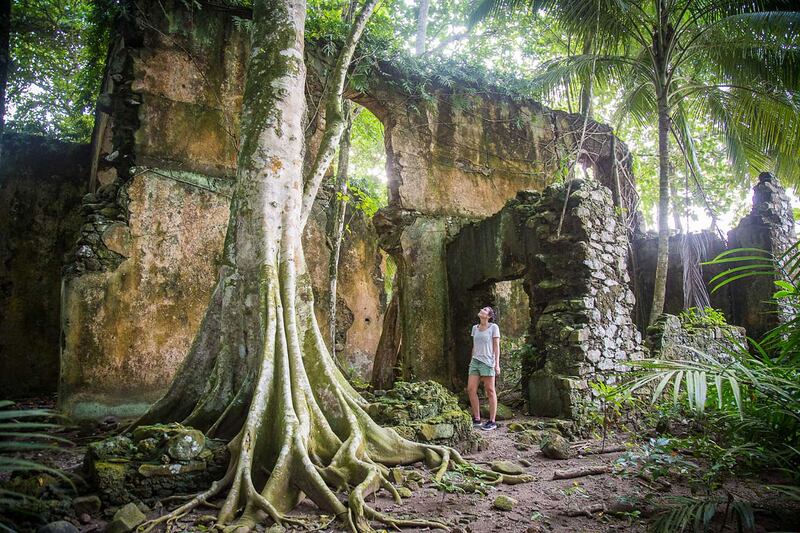
Príncipe was uninhabited until 1471, when the Portuguese arrived to make this part of their mighty empire, bequeathing the language which is still the island’s mother tongue. Fabulously fertile and rich in fresh water, colonial Príncipe boasted a prosperous economy based at first on slaves, then on sugarcane, and finally on cacao. By the early 20th century, amazingly, this was the world's leading cacao producer. In 1975, however, it all went belly-up. Sao Tomé and Príncipe won their long-awaited independence from Portugal, but the colonists left taking all the know-how with them and Príncipe sank into poverty and neglect. Having once been firmly on the map, it now seemed to disappear from view.
At the tiny airport terminal I was met by Vander, a uniformed young fellow who would be my guide and driver for the next few days. Our vehicle, a big four-wheel-drive bearing the logo HBD, was one of no more than a hundred cars plying the island’s roads. If indeed they can be described as such: Vander explained that Príncipe had only a few miles of asphalt “road” and that these had mostly failed to withstand the frequent tropical downpours, quickly reverting to muddy lanes between walls of vegetation.
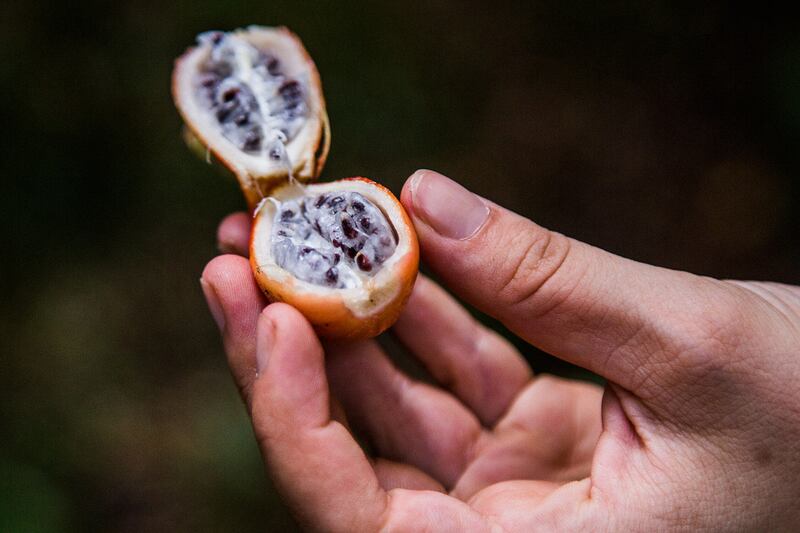
A granadilla fruit.
HBD PríncipeIsland life was strung out alongside these jungle tracks. I recognized small plantations of papaya, breadfruit, banana, and cacao. Moving slowly and with a natural poise, women carried tubs of fresh fish, or clothes just washed at the stream, on their heads. Some also had babies tied to their waists with lengths of cloth. Small black pigs snuffled under modest wooden houses raised on stilts. Dogs lay in the dirt road, rising reluctantly at the approach of a car.
Until 10 years ago tourism on this island was almost nonexistent, and there's still very little of it. Apart from the difficulty of actually getting here, the main reason is a very small number of beds. Of perhaps 50 rooms in total, more than half belong to the two hotels I’d be staying at—namely Roça Sundy, a converted former plantation house dating from 1921, and Sundy Praia, a beach hotel with 15 tented villas. If the plantation house had a colonial flavor in its tiled floors, its creaky wooden staircase, and antique Portuguese furniture, the beach hotel was rather in the out-of-Africa, “safari” style, tucked behind a palm-fringed beach. Both were located within the roça (plantation or estate) of Sundy on the island’s north-east coast; both were managed by HBD, a sustainable-tourism company whose engagement with Principe is a fine example of walking the walk and talking the talk.
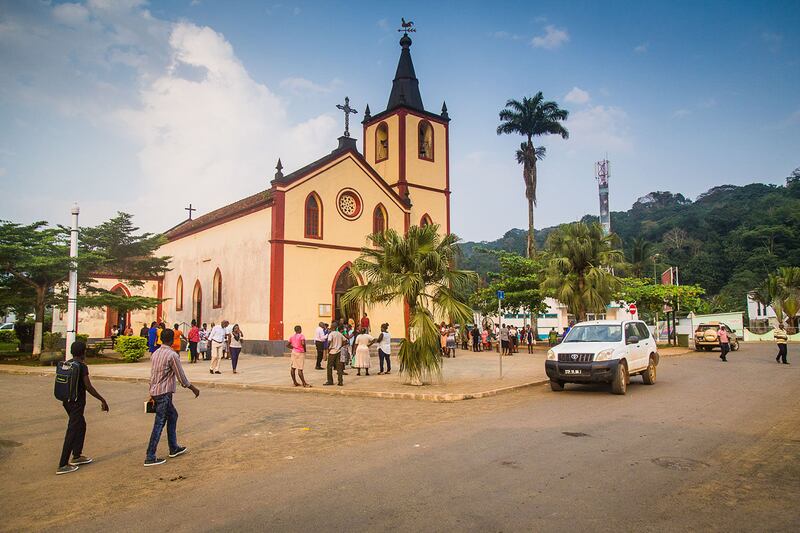
Thereby hangs quite a tale. One day in July 2009 there arrived on the island a young man from South Africa. Mark Shuttleworth was then a tech geek who had founded Thawte, an internet consulting firm, in 1999. Still in his twenties, and working out of his parents’ garage in Cape Town, he sold the patent for his digital certification system, one of the earliest online security measures, for an estimated $575m. (He subsequently rose to media fame after becoming one of the first space tourists, hitching a ride on the Soyouz TM-34 on its orbit of the moon.)
Smitten with Príncipe’s sublime beauty and astonishing state of preservation, Shuttleworth’s first move was to buy what was then the island’s only remotely upmarket hotel—a collection of beachside huts rejoicing in the name of Bom Bom. (Currently closed for renovation, the small resort plans to reopen early next year.) Next came Roça Sundy, a former cacao estate which would become his center of operations. When Shuttleworth first pitched up, Sundy’s 1,108 hectares (2,738 acres) of equatorial forest were slated for wholesale deforestation to make way for a large-scale palm-oil operation. Alarmed by the prospect, he bought the concession from the state and set about restoring both the roça’s grand house and the cacao plantation, now abandoned, that had once surrounded it.
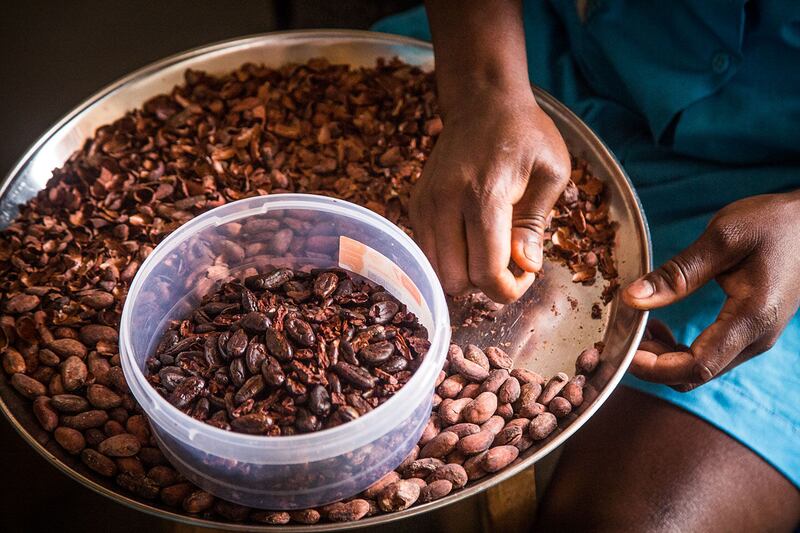
Cacao beans.
HBD PríncipeAs it turned out, this was only the beginning of what would become a much more far-reaching project. The mission statement of Shuttleworth’s company HBD – it stands for “Here Be Dragons” – gives an idea of the breadth of its ambition. In a nutshell, HBD’s stated aim is to “preserve and enhance the ecosystem of Príncipe… through the sustainable development of infrastructure, heritage, tourism, agroforestry and fisheries by stimulating the well-being, potential and creativity of its people.”
Political parties have promised (and usually delivered) much less. But then Shuttleworth has the kind of long-term vision politicians tend to lack. The money he has spent here is in the nature of an investment, but with little hope of a return. HBD’s CEO, Englishman Malcolm Couch, puts the total figure at “upwards of a hundred million euros”–which includes at least €20m for a new runway and airport installations, improvements in housing, education, and health care, support for local enterprise, and of course the three hotels. With around 600 employees in its various departments, HBD is now by far the island’s biggest private employer.
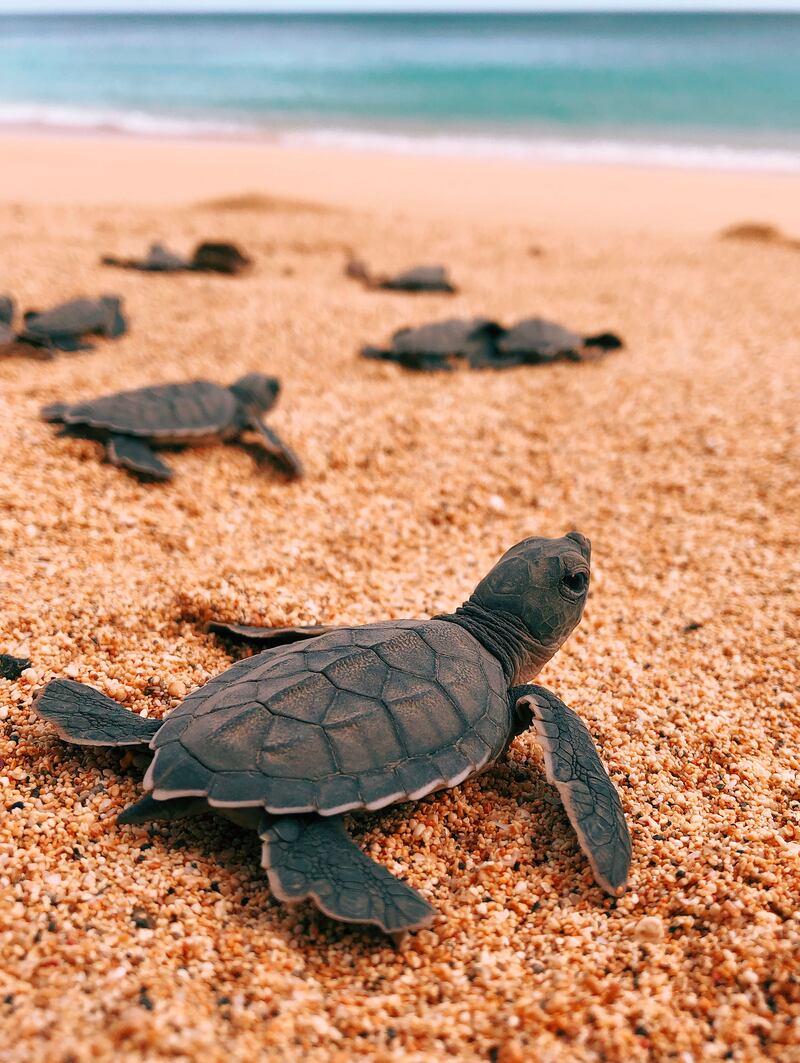
And all of this has one overarching goal: the conservation of an island so biodiverse, and in such an outstanding state of environmental health, that it’s often compared with the Galapagos. (In fact it’s said to have more endemic species than Darwin’s islands). The work of HBD has brought about an awareness of conservation not only as an end in itself, but as a generator of prosperity. Since 2014, to give just one example, an educational program has helped put a stop to the fishing of sea-turtles, formerly a popular food source. The result is that local turtle populations are steadily growing, and that tourists now come to marvel at the sight of female turtles laying their eggs on the beaches.
With Vander as my guide, I roamed the island. Much of what I saw, heard and tasted bore the hallmarks of Shuttleworth’s philanthropic master-plan. One morning I went to check out a cooperative enterprise where seven women make vibrantly colored African jewelry from glass which they themselves recycle, pounding the bottles to a fine powder and firing the baubles in basic wood-fueled kilns. Later there was a visit to a basket-weaving workshop run by two local lads, inheritors of an island tradition which had almost disappeared. Both jewelry and basket initiatives were kick-started by HBD's NGO associate Fundaçao Príncipe, funded by a levy on tourist stays at the group’s various hotels.
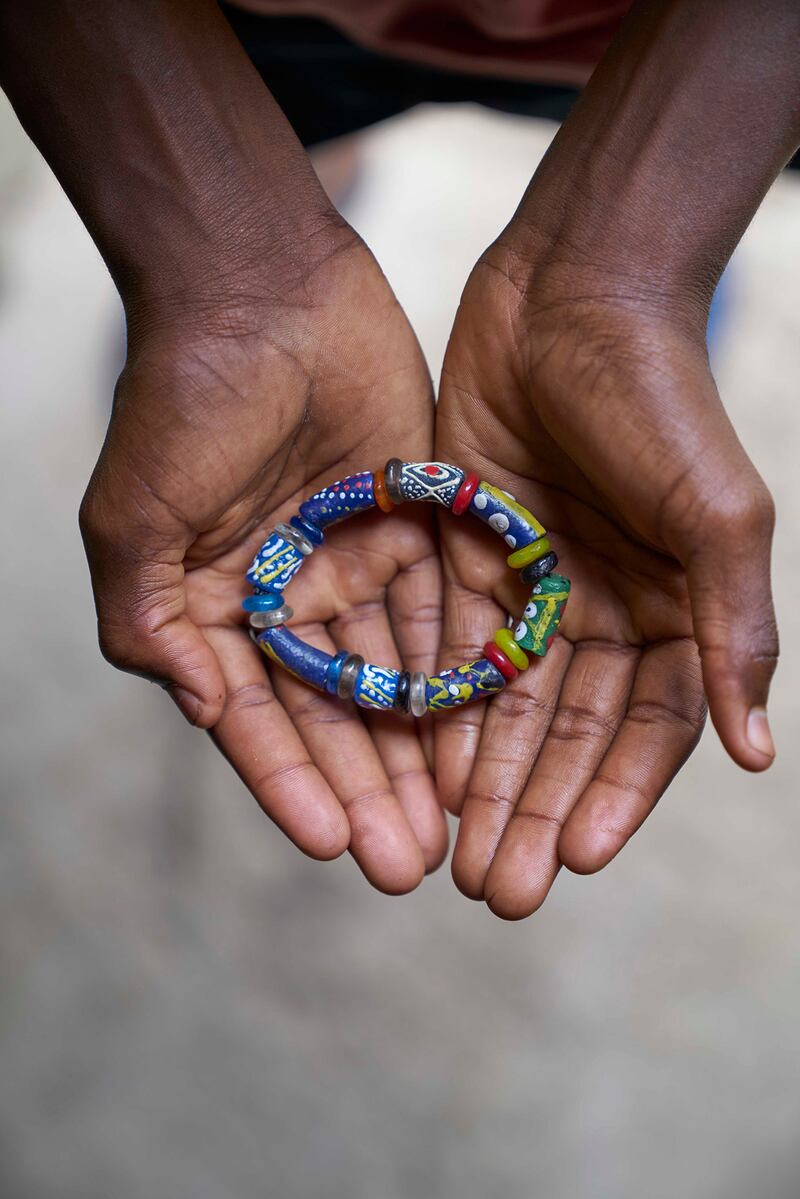
At Paciência, another large roça at the island’s northern end where HBD also has the concession, agriculture director Jon McLea gave me his insider tour of the farm, an all-organic operation producing so much fruit and veg that it not only covers the needs of the two HBD hotels but also supplies the local market. (This being part of a drive to improve food security on the island.) Staff at the roça make their own herbicides, pesticides, and biofertilizers from naturally-occurring ingredients like coffee husks and jungle leaves. Soon guests at the hotels will be able to join cosmetic and chocolate-making workshops here at the farm. “We want people to taste, smell, touch and feel Príncipe,” said McLea.
The days passed, blurring into each other as I adjusted to the rhythms of the island. Most days it rained at least once, raising the humidity of the air to the consistency of a thin, warm soup. The early mornings were a riot of sunlight through the tall trees, the squeaking and creaking sounds of the waking forest, while the tropical nights fell suddenly like a black velvet curtain, promptly at 6 p.m. Scuttling, rustling creatures moved among the fallen leaves.
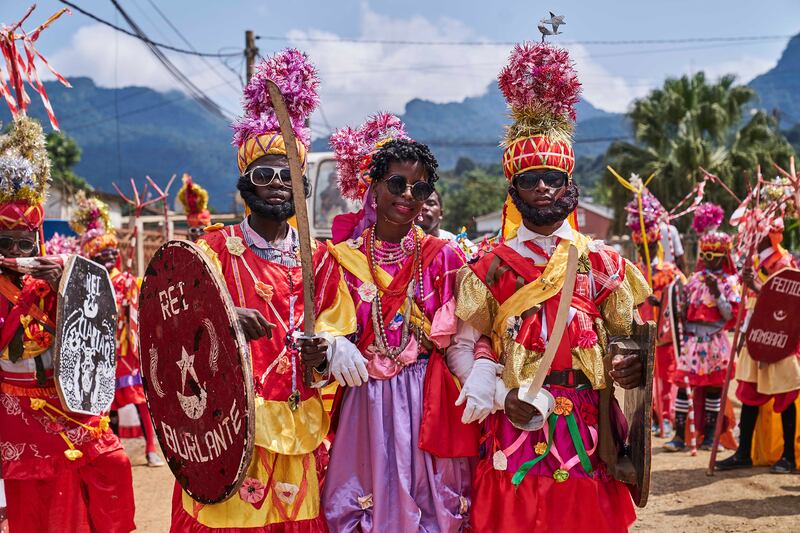
In the sultry afternoons I explored the Sundy estate, a self-governing universe with its own small church, a primary school, and a health center. The patch of rough grass in front of the hotel was a kind of village square where children played while their elders sat in the shade of a spreading tree. The local community, descended from indentured workers brought here from Cabo Verde and Angola, still lived in colonial tenements lacking even the most basic amenities. I peered into the alleyways between ramshackle houses where living conditions seemed practically Dickensian. One old lady came up to give me her story: during the rainy season she was forced to move her bed across the room to avoid a night-time soaking. Just as well, HBD is currently building a new settlement of 133 dwellings a mile or two from the old roça, each with electric light, a kitchen, and bathroom. (The community’s choice of name for this new development: Terra Prometida—”promised land”).
Halfway through the week I moved down the hill to the estate’s second hotel, Sundy Praia. Masterminded by Bali-based French architect Didier Lefort, an expert in what has become known as “jungle architecture,” this is a sensitive take on the luxury beach-hideaway genre which wears its glamor lightly. In line with Lefort's philosophy of “reversible” building, the hotel’s tented pavilions have no foundations but are secured on pillars, meaning that their impact on the environment is, theoretically at least, reversible. Lefort’s pièce de résistance, however, is the open-ended dining hall whose curving bamboo ribs give it the look of a huge upturned boat, or the belly of a whale—a triumph of sustainable architecture blending seamlessly with its forest surroundings.
Needing to know more about HBD’s take on sustainability in general I called Emma Tuzinkiewicz, the young American bringing urgency and passion to a job title (“sustainability director”) which these days all too often smacks of green-washing.
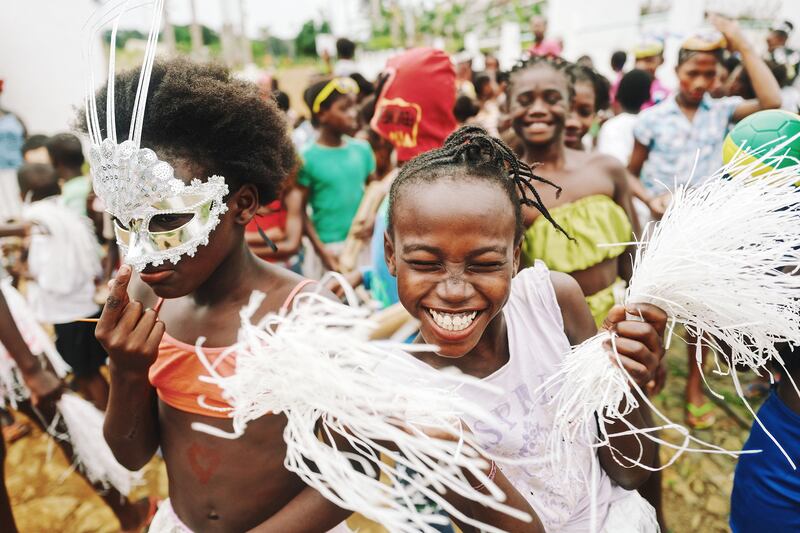
One evening in the hotel bar, over a cocktail made from the juice of the cajamanga plum, Tuzinkiewicz talked me through the bewildering variety of HBD’s initiatives on the island, which include training programs and craft workshops, recycling schemes and sponsored litter clean-ups. Her remit extends beyond “operational” sustainability goals (think zero plastic, on-site composting, local recruiting and supply) into a much broader interpretation of the term. Example: The company funds a local project called Ecobrasa which makes barbecue charcoal from coconut husks. Collecting sand from the island’s beaches is now illegal, but HBD has just launched a “glass exchange” for transforming bottles into building sand. Perhaps their most radical innovation is the Natural Dividend (still in the planning stage) by which Shuttleworth intends to pay out a regular sum in cash to all adult inhabitants of the island in recognition of their role as stakeholders in its conservation.
Principe, I was finding, was an Alice in Wonderland world, simultaneously both tiny and enormous. At times you felt like the galumphing white foreigner in a world where everything was on a Toytown scale – like the island’s tinpot capital, Santo António, with its bank and market, church and harbor. (Here, I bought a pair of flipflops in a roadside store where the assistant was asleep behind the counter.) At other times you were dwarfed and overwhelmed by the grandeur of the scenery. Though the accommodation was polished to a fault, there was an edge of rawness to the surroundings, a sense of being encompassed by nature in its wildest state.
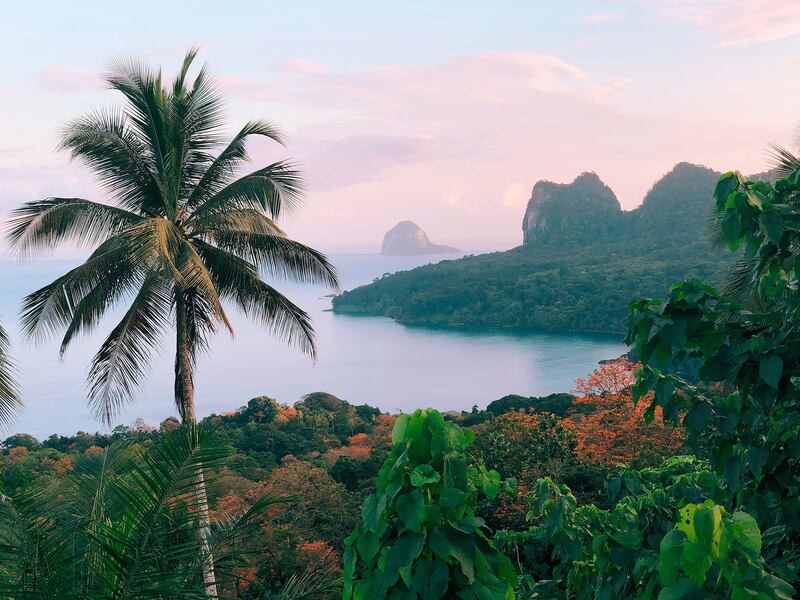
For such a diminutive place there was plenty to do, and HBD’s menu of “experiences” was long and rich. You could hike through the jungle to a waterfall, follow a trail through the cacao plantations to a bean-to-bar chocolate factory, or go on a nature walk to spot rare endemic species of bird, butterfly, and orchid.
A trip along the coast in an open-topped fishing launch proved a great way of seeing the wood for the trees. From this vantage point I realized how dense and exuberant was Príncipe’s forest cover, which tumbles down to the sea barely allowing space for a strip of caramel-colored sand, and how unobtrusive the human presence on this sparsely populated island. Looking back from the ocean the hotel was completely hidden, invisible behind the palms and amendoeira trees.
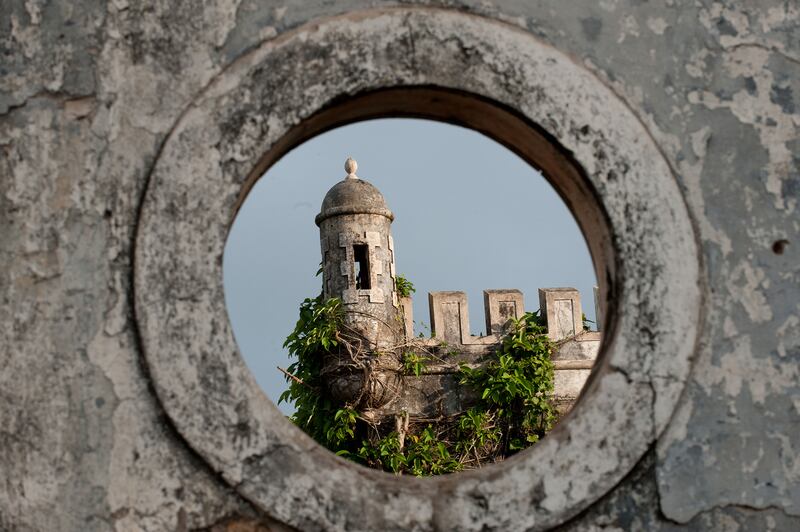
We chugged past a series of lonely beaches, each more delectable than the last. One housed a small fishing community of wooden shacks where children frolicked naked in the clear, calm water. I wondered how it would be to grow up like this, gobbling tropical fruit you’ve picked yourself with this blue sea, these elegantly leaning palms as the backdrop to your life.
At Praia Boi we pulled up onto the beach and I stumbled on to the sand, faintly stunned by the gorgeousness of the scene. Under the palms a team from the hotel had prepared a simple lunch of azeite fish grilled over driftwood coals in an old iron wheelbarrow. Dessert was papaya and watermelon; cold water was served in hollowed-out coconut shells. I stared out to sea in a daze of pleasure. Schools of humpback whales swim past the island in the summer months, said Vander—so close that on still nights their songs can be heard from the villas of Sundy Praia.
If this was Principe’s inhabited, less-protected, “developed” northern half, I wondered, what must the wild, protected, entirely undeveloped southern half be like?
Next day I had my answer. Once again I climbed aboard a fishing boat, but this time we headed west and south, skirting the coast beside another string of sensational beaches. With surprising suddenness the land reared up into mountainous peaks whose sheer walls of gray basalt rock, rising to almost 1,000 meters above sea level, were swathed in a thick layer of primary rainforest, their summits hidden from view by a swirling mist. Protected from human interference as a UNESCO Biosphere Reserve, this southern chunk of Príncipe is a treasure of incalculable value and rarity, teeming with biodiversity. Remarkable as it sounds, there are parts of the island's deep interior which have never been fully explored. Not for the first time that week, I felt the thrill of being somewhere that seems to have miraculously escaped the 21st-century depredations of mass tourism, deforestation, and uncontrolled development, and remained intact. Finding perfection as a traveler may be a tantalizing, unrealizable dream. But Príncipe comes close.
Rainbow Tours offer tailormade itineraries to Príncipe. A seven-night itinerary costs from $6,033pp sharing (half board). This is inclusive of return international flights from London Heathrow or selected other airports, inter-island flights, transfers, and privately guided excursions.
Rooms at Roça Sundy start from €270 per person/night (sharing); at Sundy Praia, €575; at Bom Bom (opens early 2024), €340; at Omali on Sao Tomé, €220.

